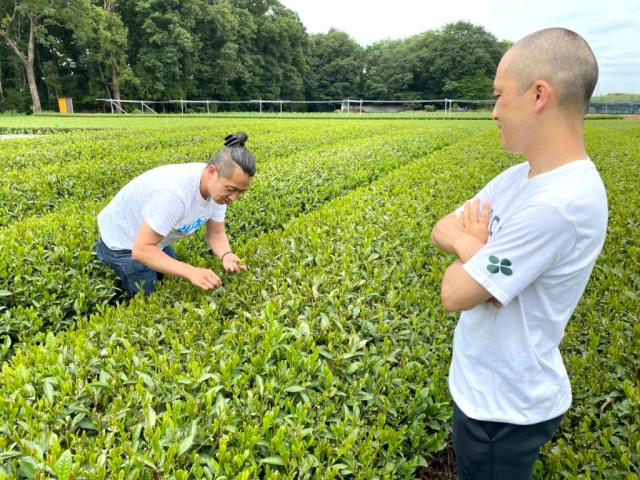
We spend a day on the farm learning how much work goes into a single cup of tea.
Most people who grew up in Japan drink a lot of green tea, and our reporter P.K. Sanjun is no exception. But also like a lot of people who grew up here, P.K. has never made green tea from scratch.
Every single supermarket and convenience store in Japan, and just about every vending machine too, is stocked with bottles of pre-made green tea. You’ll find an assortment of tea bags in the cupboard of most homes and offices, and some aficionados buy canisters of loose leaf tea, but even in those cases, the leaves have already been processed and packaged. Starting out in the fields, though, picking the tea leaves with your own hands and turning them into a cup of tea? That’s a rare experience, and one that the opportunity for came to P.K. by way of our boss, SoraNews24 founder Yoshio.
“We received a letter from Itoen,” Yoshio explained, invoking the name of one of Japan’s biggest tea makers, and the company behind the popular Oi Oicha brand of green tea. “They’re inviting you to come make tea with freshly picked leaves. Their representative, Katsuno-san, will meet you at the farm.”
And with that, P.K. was off to the town of Sayama, in Saitama Prefecture. As he walked up to the farm’s office facility to meet with Katsuno, he imagined that anyone working for a tea maker would have an aura as refined and gentle as a perfectly brewed cup of tea. Drawing close to the entrance, he spotted a solitary figure out front waiting for him, and called out “Katsuno-san! Hello, Katsuno-san! It’s me, P.K. Sanjun from SoraNews24!”
However, Katsuno replied to this greeting with a stern expression.
▼ He remained completely silent, with his shirt’s “ocha” (the Japanese word for “tea”) saying more than the man himself.
“So, uh, should we get started, Katsuno-san?” P.K. asked, to which Katsuno nodded and began walking with him towards the field. The Sayama site is one of many tea farms Itoen manages across Japan, helping to keep distribution routes short and its products fresh.
One of the farmers explained to P.K. how to pick the leaves, stressing that the key was to remove them carefully one at a time in order to prevent unnecessary tearing or bruising. This was P.K.’s first time to pick tea, and he was impressed by their soft, pliable texture in the palm of his hands, where they had a seemingly palpable freshness. Unaccustomed to field work, though, it wasn’t long before his lower back started to ache. Still, he felt quite proud of himself for filling up both hands with leaves, expecting it to be enough to make several pots’ worth of tea.
▼ Something about it made his paternal instincts kick in and he started thinking of them as his precious tea leaf children.
This, however, was the first of several times P.K. realized he had a lot to learn. “That’s probably enough to brew one cup,” explained his farmer mentor. “Compared to the weight of the raw leaves, you end up with only about one-fifth of that after they’re processed and ready to brew.”
So it was back to harvesting, with P.K. feeling a renewed sense of gratitude for the hard work of Japan’s tea farmers.
Eventually, Katsuno nodded that P.K. had picked enough. Since tea leaves begin to oxidize in the open air shortly after picking, they need to be processed right away before their flavor diminishes, and so Katsuno led P.K. inside for the next step from tea field to teacup.
Inside the processing room were a hot plate and a microwave oven. “Is this really all the equipment I need, Katsuno-san?” P.K. asked, to which he nodded again, said “Brew the tea,” and left P.K. to figure out what to do next on his own.
P.K. knew that you have to remove the moisture from the tea leaves before steeping them, so he started with the hot plate. Figuring that singeing them would make them taste bad, he used a low heat setting. A pleasant tea aroma began to rise from the plate as the leaves warmed, but he noticed that they weren’t really drying very much, so he decided to pop the leaves in the microwave for three minutes instead.
All the while, Katsuno was watching with a stony expression.
When P.K. took the leaves out of the microwave, they were nice and dry. Next, he grabbed a mortar and gently crushed the leaves into smaller pieces, and his original P.K.-style tea was ready for brewing!
And how did it taste?
Bad. Really, really, bad. It smelled nice enough, but the flavor was mercilessly bitter, so harsh that it was barely drinkable.
P.K.’s shoulders slumped in disappointment, and also guilt at the ignoble fate of his tea leaf babies. It was at this point that Katsuno came in with a batch of tea leaves that he had prepared.
With a gracefulness in stark contrast to his gruff expression, Katsuno paced the leaves in a teapot, steeped them, and poured P.K. a cup.
This was how tea should be.
The tea tasted fresh and smooth, with just the right balance of bracing astringency and comforting sweetness characteristic of Japanese green tea. P.K. was startled that Katsuno’s tea, which came from leaves picked in the same field as P.K.’s, could taste so different from his own sub-par batch. Katsuno’s tea was so good that P.K. believed it could put a smile on anyone’s face…
…even Katsuno’s!
“So what made the difference, Katsuno-san?” asked P.K. It was all the in the way the leaves were treated post-picking, he explained. Katsuno started with the microwave, wrapped the tea leaves in plastic to essentially steam them, and heated them for just one minute instead of three, since over-heating them will produce excess bitterness.
Next, the leaves should be laid out flat on paper towels and cooled with a paper hand fan, much like you’d cool yourself off with on a hot afternoon, to help remove more moisture. Then it’s time to put them on the hot plate, set at low heat.
You don’t want to leave the leaves on the hot plate too long, though. After they’ve warmed, Katsuno says to put them back on paper towels and gently knead them, a process called chamomi, or “tea massaging,” in Japanese. This helps draw out their full flavor and aroma, and you should cycle through the hot plate heating and tea massaging about 10 times. Once that’s done, leave the leaves out to dry for 10 more minutes, and only then are they ready to be steeped, ideally in hot water that’s 80 degrees Celsius (176 degree Fahrenheit).
P.K. was amazed, not just because of how much effort goes into making a truly good cup of tea, but also because of how talkative the previously taciturn Katsuno had become. “Was there something that was upsetting you before, Katsuno-san?” asked P.K., thinking that maybe his lack of prior knowledge of tea production had offended the Itoen representative.
“Well, actually I just thought it was weird that you kept calling me Katsuno, since my name is Kakuno,” he revealed.
P.K. gulped with embarrassment at his faux pas. “I’m very sorry about that,” he said, and Kakuno seemed to forgive him. He even gave P.K. a bag of freshly picked tea leaves to take home, and explained that right now Itoen is running a promotion where if you follow their official Twitter account, retweet the tweet below, and fill out the form here, you’ll be entered into a drawing to win a bag of your own.
お〜い❗️
— お〜いお茶くん【公式】 (@oiochakun) June 21, 2021
摘みたての生の葉からお茶を作る「鮮度体験キット」を24名の #茶レンジャー へお届けします📣🍃
▼応募方法▼
1⃣@oiochakunをフォロー
2⃣この投稿をRT
3⃣応募フォームに入力https://t.co/5MF6xxKWOW
⌛️締切:7/4 23:59#茶畑エクスプレス #とどけお茶のチカラ pic.twitter.com/GXXX1LYo0U
Still, P.K. felt kind of guilty about the name screw-up for his entire trip back home, until he remembered…
…the exact words our boss had told him:
“Their representative, Katsuno-san, will meet you at the farm.”
“Their representative, Katsuno-san, will meet you at the farm.”
So on this day, P.K. learned two things. One: every time you drink a good cup of tea, there’s a lot of work that went into it. And two: when Yoshio gives you a work assignment, you’ll probably want to double-check the details.
Source: Itoen tea leaf campaign site
Photos ©SoraNews24
● Want to hear about SoraNews24’s latest articles as soon as they’re published? Follow us on Facebook and Twitter!
[ Read in Japanese ]

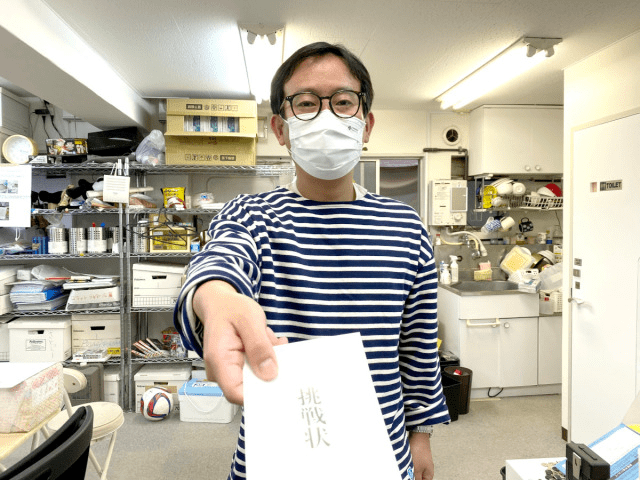
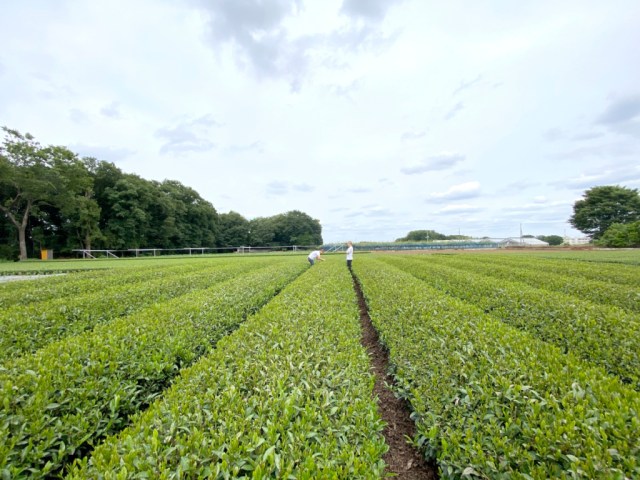
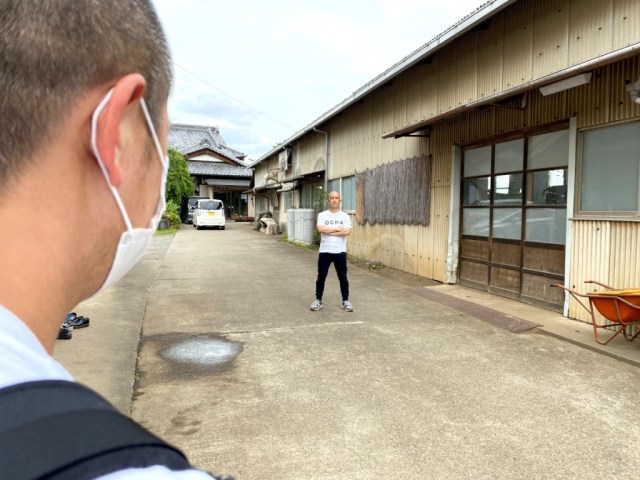
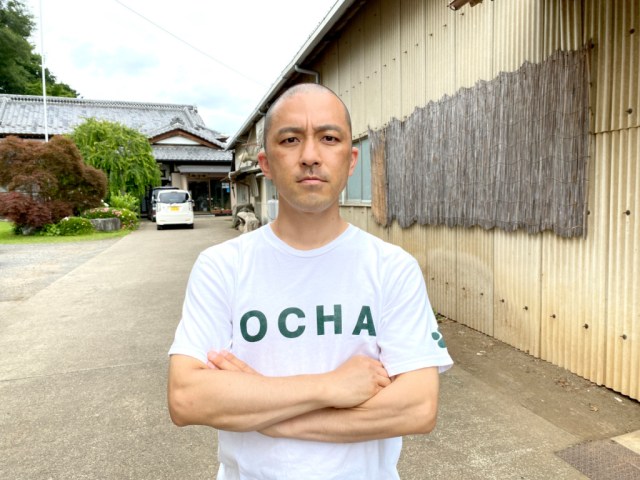
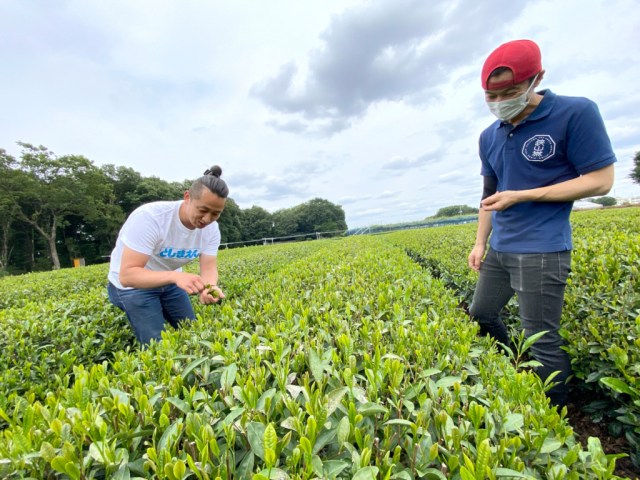
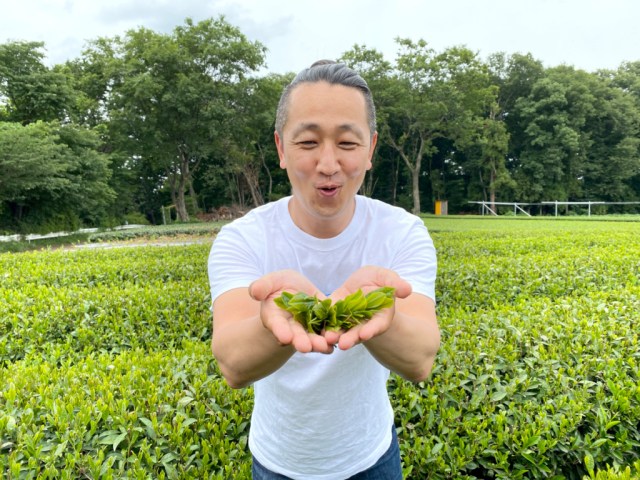
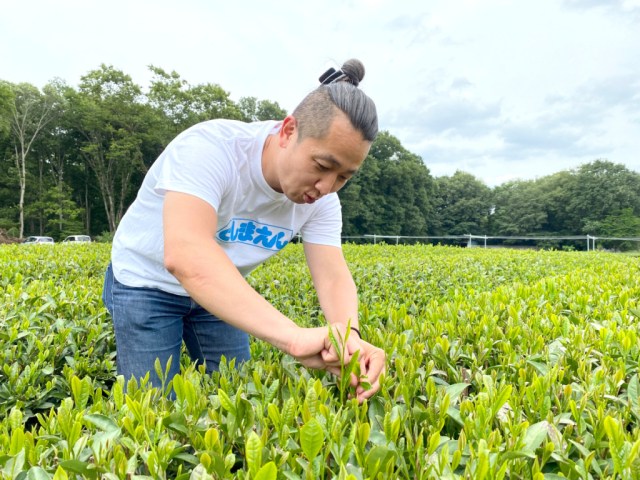


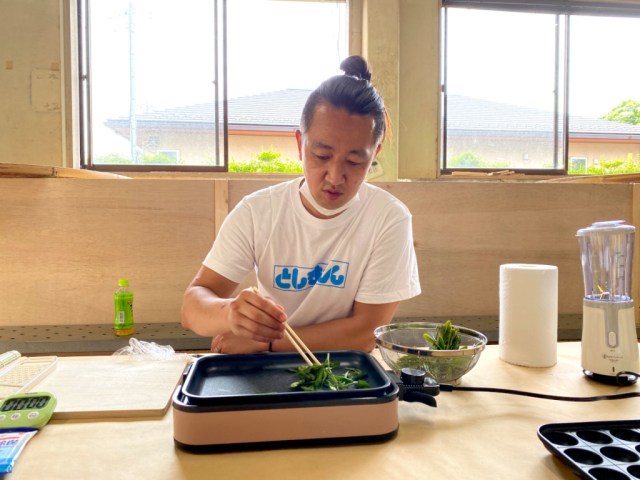

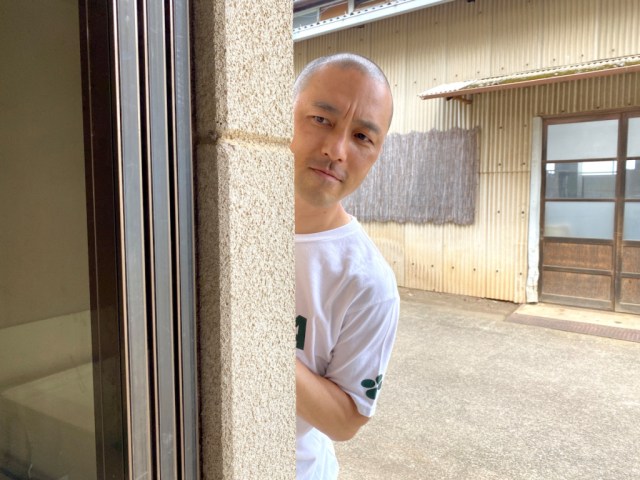
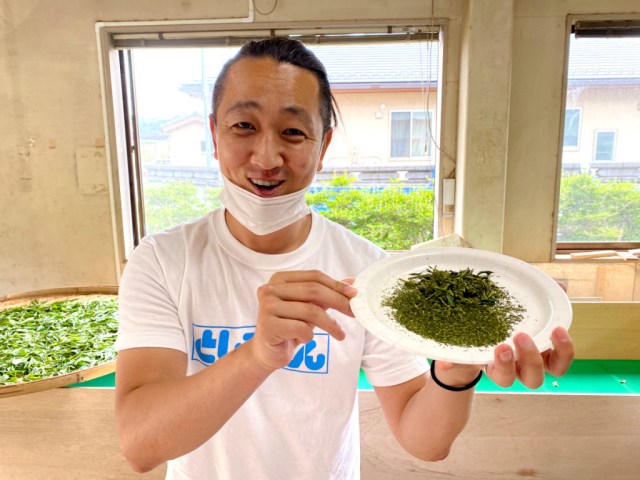
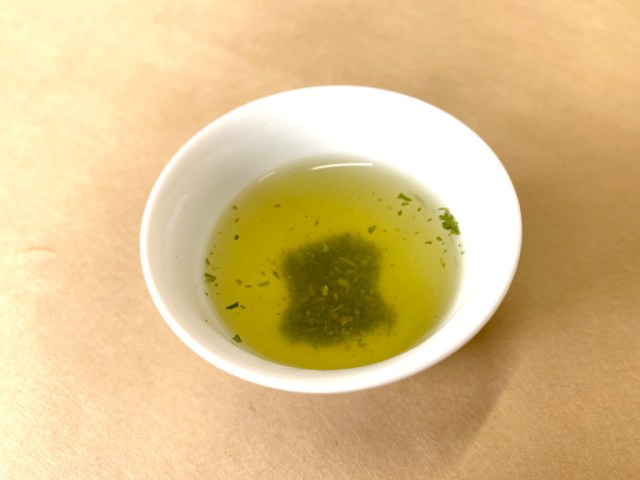
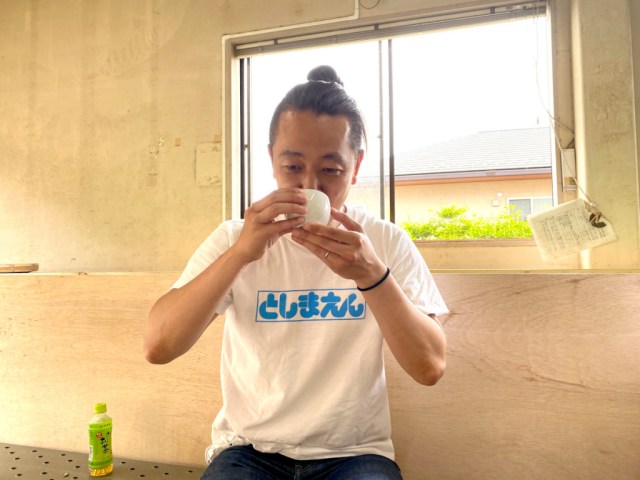
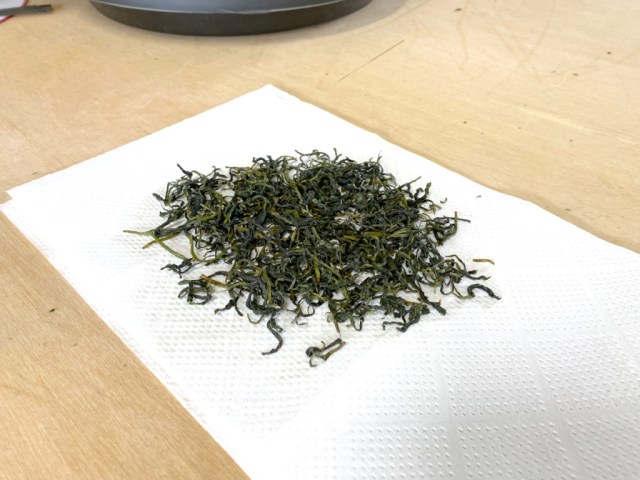
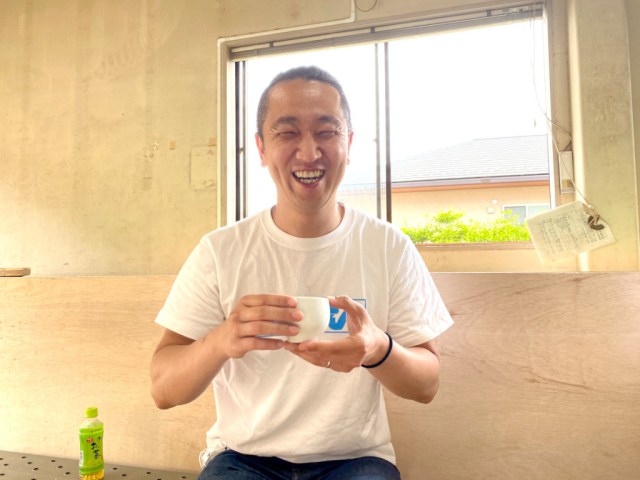

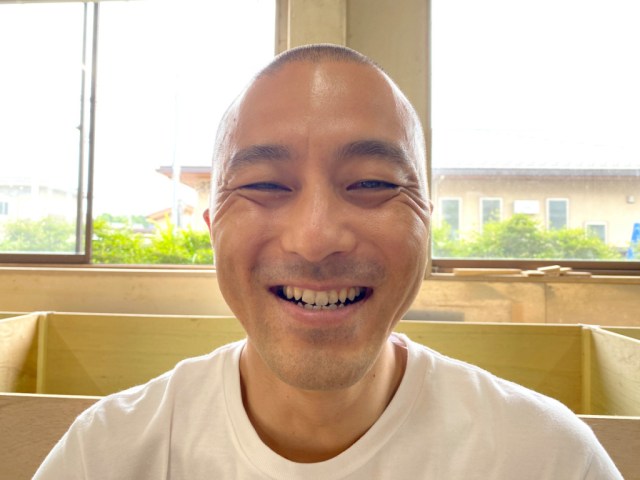

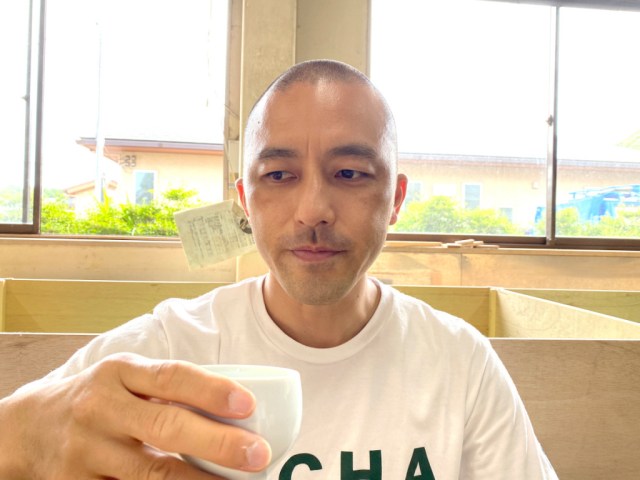
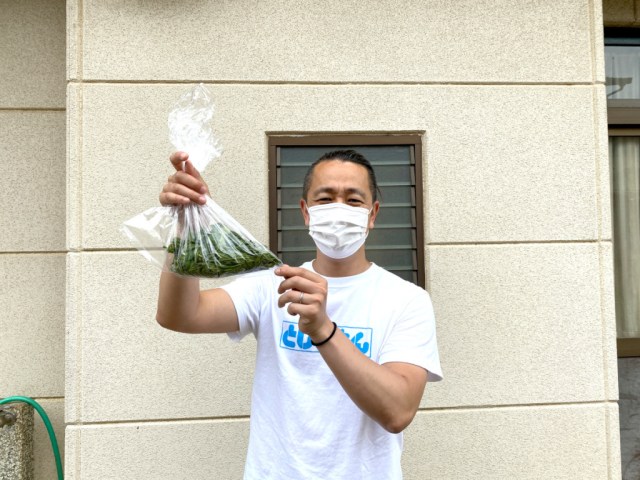
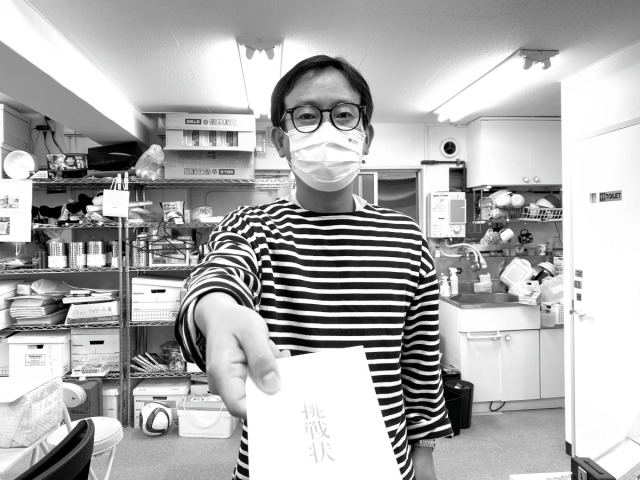
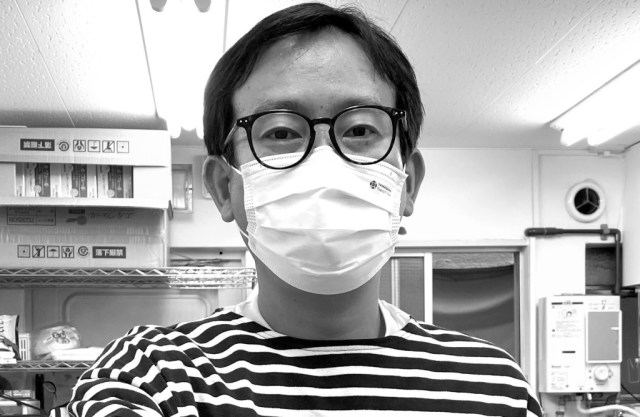
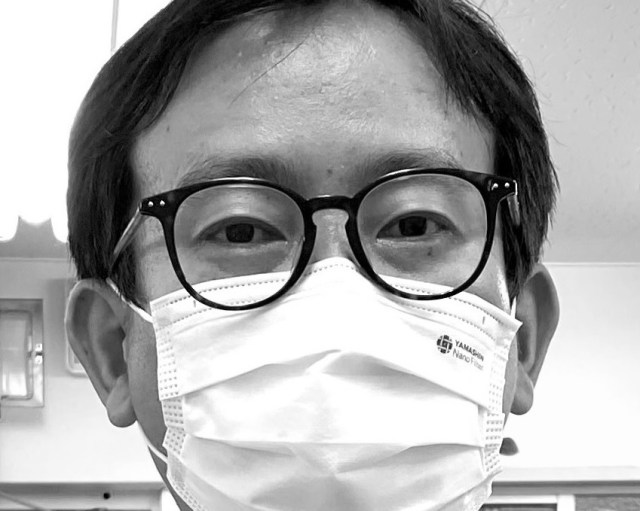
 We enter a mixed martial arts tournament held by tea maker Ito En
We enter a mixed martial arts tournament held by tea maker Ito En This lucky bag stuffed with green tea made us feel like real adults for once
This lucky bag stuffed with green tea made us feel like real adults for once Japan’s Oi Ocha green tea keeps going upscale with new bottled matcha costing 1,000 yen a bottle
Japan’s Oi Ocha green tea keeps going upscale with new bottled matcha costing 1,000 yen a bottle Newest Gundam anime robot model kit is made with green tea leaves, smells like green tea
Newest Gundam anime robot model kit is made with green tea leaves, smells like green tea Can you put Japan’s hot bottled tea/coffee in the microwave? Only if you see this special notice
Can you put Japan’s hot bottled tea/coffee in the microwave? Only if you see this special notice Harajuku’s new permanent Tamagotchi shop is filled with cuteness and a surprising lack of poop
Harajuku’s new permanent Tamagotchi shop is filled with cuteness and a surprising lack of poop 7 great places to see Mt. Fuji from without having to climb it
7 great places to see Mt. Fuji from without having to climb it Here are the top ten foodie factory tours for the fall throughout Japan
Here are the top ten foodie factory tours for the fall throughout Japan Kawaii Monster Land getting set to become Harajuku’s newest whimsical underground wonderland
Kawaii Monster Land getting set to become Harajuku’s newest whimsical underground wonderland Pizza Hut Japan’s hot lucky bags are perfect for a New Year’s pizza party
Pizza Hut Japan’s hot lucky bags are perfect for a New Year’s pizza party Otaku husband returns home after argument to find wife has destroyed his anime robot collection
Otaku husband returns home after argument to find wife has destroyed his anime robot collection The pros and cons of using Fluffy Foam Soy Sauce【Taste test】
The pros and cons of using Fluffy Foam Soy Sauce【Taste test】 We interview Japanese comedy duo Yumbo Dump, learn how to make noises with our bellies
We interview Japanese comedy duo Yumbo Dump, learn how to make noises with our bellies 7 reasons why you should visit Aomori Prefecture
7 reasons why you should visit Aomori Prefecture Japanese group to hold fashion show of colostomy bags and other stoma equipment in Paris
Japanese group to hold fashion show of colostomy bags and other stoma equipment in Paris Starbucks Japan ready to get Year of the Horse started with adorable drinkware and plushies【Pics】
Starbucks Japan ready to get Year of the Horse started with adorable drinkware and plushies【Pics】 7-Eleven Japan’s ramen-cooking robot whipped us up a bowl of noodles【Taste test】
7-Eleven Japan’s ramen-cooking robot whipped us up a bowl of noodles【Taste test】 Cyberpunk anime meets traditional culture in Ghost in the Shell gold leaf Japanese changing screens
Cyberpunk anime meets traditional culture in Ghost in the Shell gold leaf Japanese changing screens Hello Kitty Choco Egg figures are an adorable trip through three periods of Japanese pop culture【Pics】
Hello Kitty Choco Egg figures are an adorable trip through three periods of Japanese pop culture【Pics】 Japan’s otoshidama tradition of giving kids money at New Year’s gets a social welfare upgrade
Japan’s otoshidama tradition of giving kids money at New Year’s gets a social welfare upgrade We found possibly the quietest Japanese-style hotel in Tokyo’s bustling Shinjuku district
We found possibly the quietest Japanese-style hotel in Tokyo’s bustling Shinjuku district Lacquerware supplier to emperor of Japan and Pokémon team up for new tableware
Lacquerware supplier to emperor of Japan and Pokémon team up for new tableware Sumo Sanrio! Hello Kitty and pals team up with Japan Sumo Association for new merch【Pics】
Sumo Sanrio! Hello Kitty and pals team up with Japan Sumo Association for new merch【Pics】 Can a dirty butthole make you filthy rich in Japan? We’re starting a New Year’s lottery experiment
Can a dirty butthole make you filthy rich in Japan? We’re starting a New Year’s lottery experiment 7-Eleven Japan starts new temporary luggage storage service in over 300 branches
7-Eleven Japan starts new temporary luggage storage service in over 300 branches Disillusionment at Tsukiji’s tourist-target prices led us to a great ramen restaurant in Tokyo
Disillusionment at Tsukiji’s tourist-target prices led us to a great ramen restaurant in Tokyo Starbucks teams up with 166-year-old Kyoto doll maker for Year of the Horse decorations【Photos】
Starbucks teams up with 166-year-old Kyoto doll maker for Year of the Horse decorations【Photos】 Tokyo considering law requiring more trash cans following litter increase in heavily touristed area
Tokyo considering law requiring more trash cans following litter increase in heavily touristed area Tokyo’s Tsukiji sushi neighborhood asks tour groups to stay away for the rest of the month
Tokyo’s Tsukiji sushi neighborhood asks tour groups to stay away for the rest of the month Nintendo’s Kirby now delivering orders at Kura Sushi restaurants, but not in Japan
Nintendo’s Kirby now delivering orders at Kura Sushi restaurants, but not in Japan Tokyo event lets you travel back in time, for free, to celebrate 100 years since Showa era start
Tokyo event lets you travel back in time, for free, to celebrate 100 years since Showa era start Sanrio theme park in Japan announces plans to expand into a Sanrio resort
Sanrio theme park in Japan announces plans to expand into a Sanrio resort Japan may add Japanese language proficiency, lifestyle classes to permanent foreign resident requirements
Japan may add Japanese language proficiency, lifestyle classes to permanent foreign resident requirements Survey asks foreign tourists what bothered them in Japan, more than half gave same answer
Survey asks foreign tourists what bothered them in Japan, more than half gave same answer Japan’s human washing machines will go on sale to general public, demos to be held in Tokyo
Japan’s human washing machines will go on sale to general public, demos to be held in Tokyo Japan’s deadliest food claims more victims, but why do people keep eating it for New Year’s?
Japan’s deadliest food claims more victims, but why do people keep eating it for New Year’s? We deeply regret going into this tunnel on our walk in the mountains of Japan
We deeply regret going into this tunnel on our walk in the mountains of Japan Studio Ghibli releases Kodama forest spirits from Princess Mononoke to light up your home
Studio Ghibli releases Kodama forest spirits from Princess Mononoke to light up your home Major Japanese hotel chain says reservations via overseas booking sites may not be valid
Major Japanese hotel chain says reservations via overseas booking sites may not be valid Put sesame oil in your coffee? Japanese maker says it’s the best way to start your day【Taste test】
Put sesame oil in your coffee? Japanese maker says it’s the best way to start your day【Taste test】 No more using real katana for tourism activities, Japan’s National Police Agency says
No more using real katana for tourism activities, Japan’s National Police Agency says Starbucks Japan reveals new sakura drinkware collection, inspired by evening cherry blossoms
Starbucks Japan reveals new sakura drinkware collection, inspired by evening cherry blossoms Updated cherry blossom forecast shows extra-long sakura season for Japan this year
Updated cherry blossom forecast shows extra-long sakura season for Japan this year 7-Eleven Japan adding fresh-brewed tea machines to 2,000 stores, but is their tea any good?
7-Eleven Japan adding fresh-brewed tea machines to 2,000 stores, but is their tea any good? Japanese green tea vending machine has a puppet show that tells the story behind the drink
Japanese green tea vending machine has a puppet show that tells the story behind the drink Häagen-Dazs Japan’s Yuzu Green Tea Float — How to make the super-easy matcha summer dessert drink
Häagen-Dazs Japan’s Yuzu Green Tea Float — How to make the super-easy matcha summer dessert drink We tried a special savory green tea and rice-flavored cream puff available for only one day
We tried a special savory green tea and rice-flavored cream puff available for only one day Move over, matcha. Starbucks makes its first-ever hojicha roasted green tea Frappuccino
Move over, matcha. Starbucks makes its first-ever hojicha roasted green tea Frappuccino Kyoto matcha green tea popcorn, the latest must-eat snack from…Frito-Lay?!?
Kyoto matcha green tea popcorn, the latest must-eat snack from…Frito-Lay?!? Enjoy a Japanese tea ceremony in a traditional storehouse
Enjoy a Japanese tea ceremony in a traditional storehouse Japan’s matcha green tea beer satisfies two cravings in an awesomely delicious way
Japan’s matcha green tea beer satisfies two cravings in an awesomely delicious way Starbucks’ first-ever Japanese hojicha tea Frappuccino is here, but how’s it taste?【Taste test】
Starbucks’ first-ever Japanese hojicha tea Frappuccino is here, but how’s it taste?【Taste test】 How to use the self-serve dispensers for green tea at conveyor bel sushi restaurants in Japan
How to use the self-serve dispensers for green tea at conveyor bel sushi restaurants in Japan 99-Year-Old Tea Shop Offers Something New: Green Tea Beer
99-Year-Old Tea Shop Offers Something New: Green Tea Beer Do all big Japanese cafe chains just give you a tea bag when you order black tea? Let’s find out
Do all big Japanese cafe chains just give you a tea bag when you order black tea? Let’s find out Japan actually grows coffee, but how does it taste?【Taste test】
Japan actually grows coffee, but how does it taste?【Taste test】 Coca-Cola’s green tea cubes are an awesome new way to make Japan’s favorite drink【Photos】
Coca-Cola’s green tea cubes are an awesome new way to make Japan’s favorite drink【Photos】 Ninja and geisha green tea cats are here to keep you company during your at-home tea time
Ninja and geisha green tea cats are here to keep you company during your at-home tea time Why hayashi rice should be your last meal before leaving Japan
Why hayashi rice should be your last meal before leaving Japan
Leave a Reply